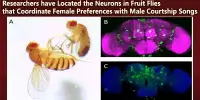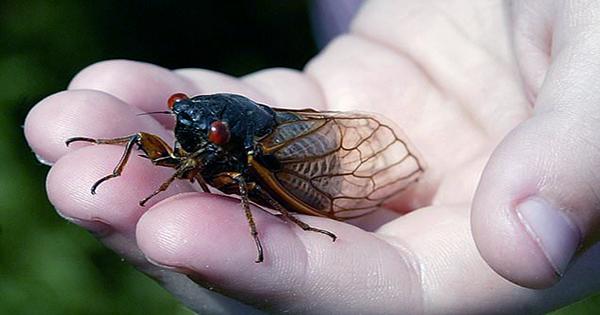Cacao is famously used in Maya rituals, and recent research indicates that more people than previously believed drank the distinctive pods. The consumption of cacao goods was previously thought to be reserved for the political and religious elites, but it now seems that even the poorest villages had access to the beloved sacrament.
Cacao, which is often regarded as the key ingredient in chocolate and is frequently mistakenly called a bean, is actually the seed of the Theobroma cacao tree. Cacao pods were used to make a ceremonially eaten beverage during royal feasts and spiritual ceremonies during the Late Classic Maya Period that is said to have been connected to prosperity and power.
These presumptions, claim the authors of a recent study, are the result of the tendency of archaeologists to look for cacao residues on highly ornamental ceremonial vases, giving the appearance that the beverage was only ever ingested from such vessels. However, very little research have bothered to examine the leftovers from the common pots and pans used by Maya farmers and villages.
The ancient Maya town of El Pilar, located on the border of Belize and Guatemala, yielded 54 pottery sherds (broken pieces of ceramic) from both residential and civic centers. They discovered cocoa residues on 56 percent of these artifacts using laser-desorption jet-cooling mass spectrometry and resonance-enhanced multiphoton ionization.
Notably, cocoa remnants were discovered on ceramics in both domestic and public settings in all geographical zones, including highland regions, foothills, and valleys. Such a variety implies that cacao eating was widespread throughout El Pilar and offers a rather good cross-section of Maya civilization.
The researchers draw the following conclusion: “We conclude that cacao biomarkers are ubiquitous in numerous Late classical contexts, and can be recognized in all fundamental domestic vessel types, across all landforms in the El Pilar area, in residential units of every status, and, of course, in civic centers.”
These researchers argue that “if cacao was utilized in renowned rites, such events were shared by all tiers of society” in light of their discovery.
The authors of the study claim that such inclusivity does not diminish the significance or standing of cocoa in Maya society. Instead, they “read the presence of cacao in vessels belonging to persons from all social strata as evidence that all Maya society members drank chocolate.”
According to the researchers’ summary of their research, “cacao’s importance was ubiquitous in Late Classic Maya culture and use of cacao was crucial for prestige and privilege among the population as a whole.”
















